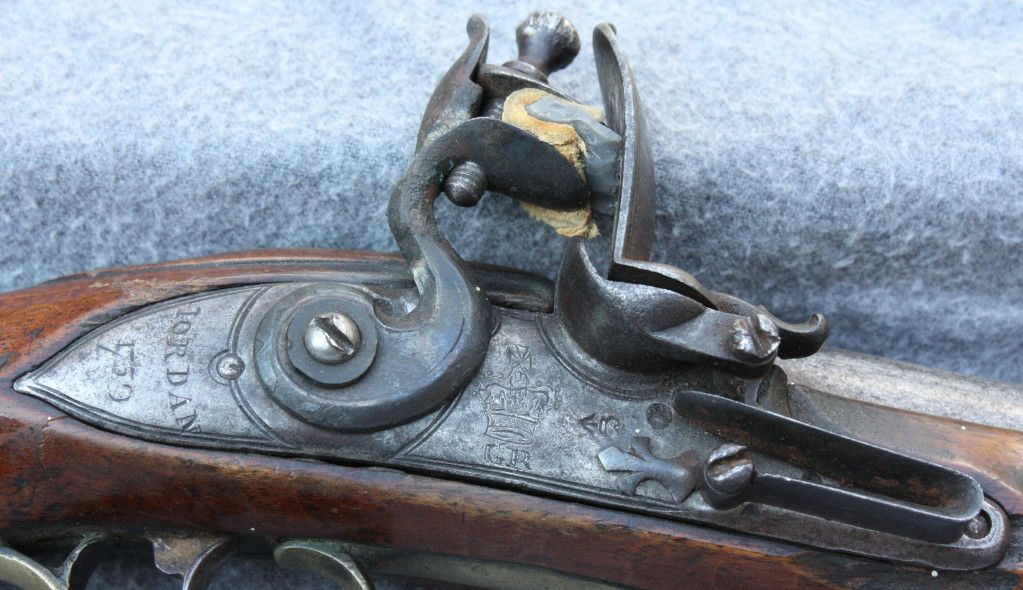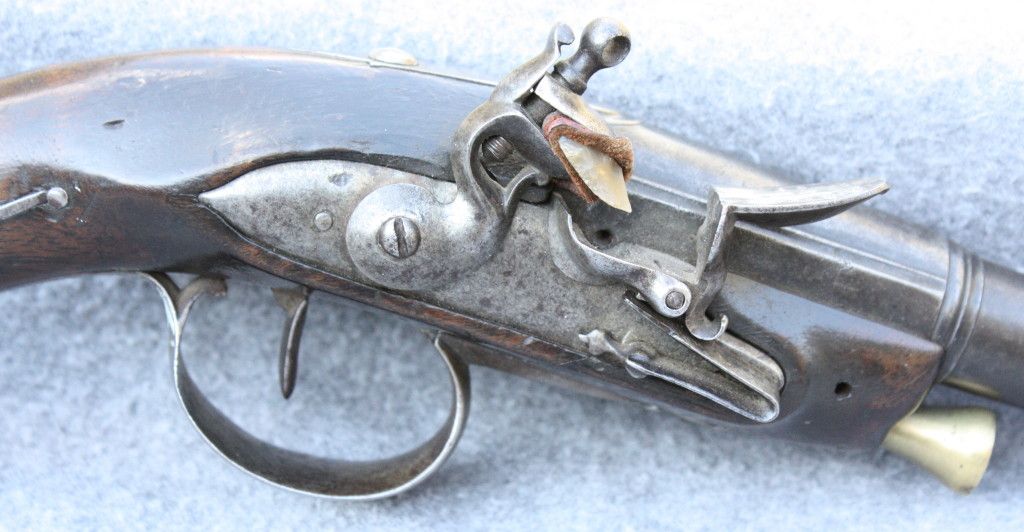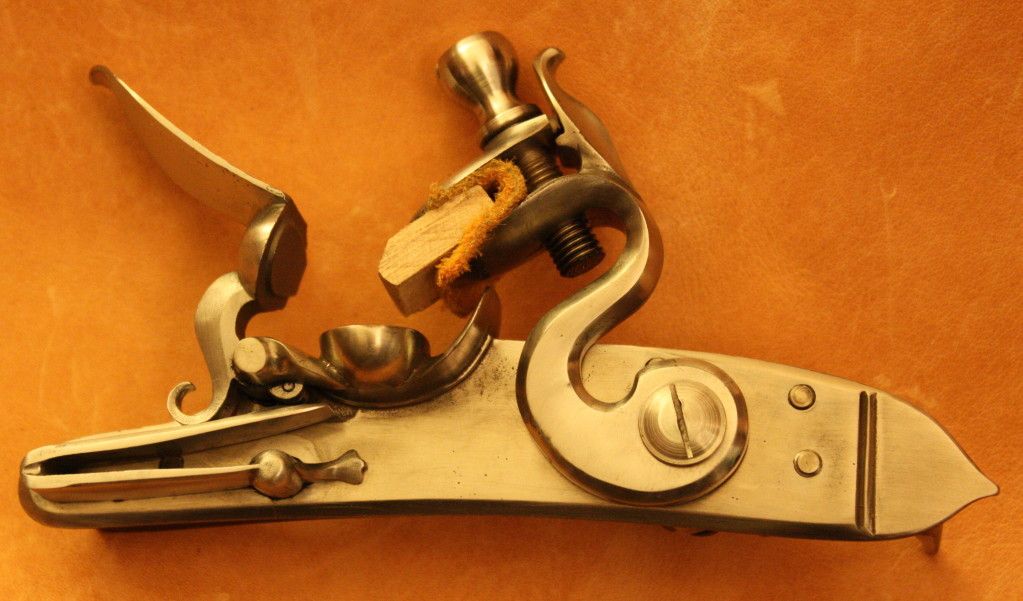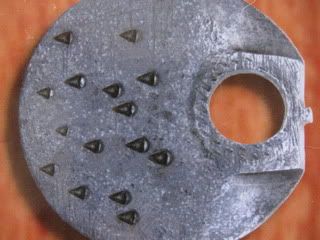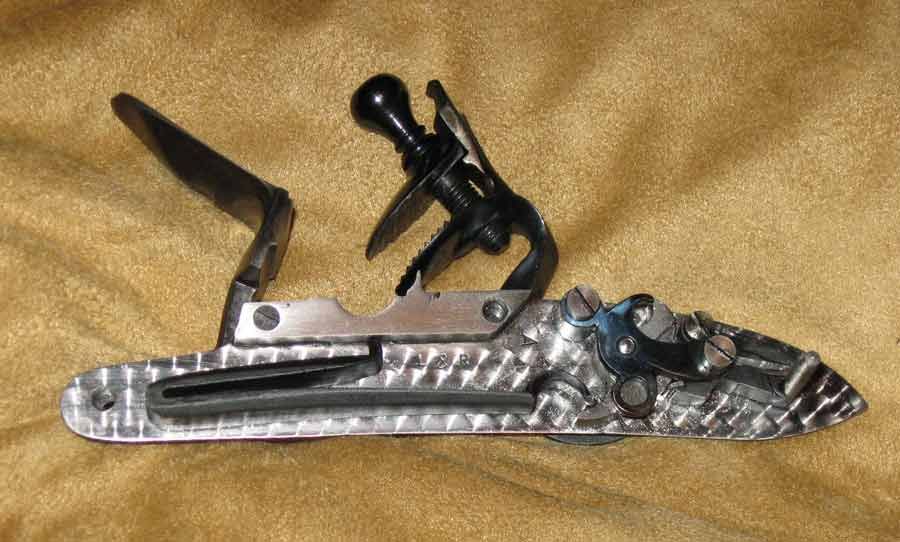Hi all,
I'm new to building flintlocks.
I'm building a Chambers Penn Fowler with a round faced English lock.
And I'm going about certain tasks backwards as I'm waiting for tools to inlet the barrel etc.
So I've polished up my lock, and most probably made some mistakes as I go.
I've read several of the key instruction books, and the Ravenshear manuals. But there still seems to be a lack of info regarding the detailed finishing of lock parts for final browning and/or antiquing.
Clearly, for example, there are parts of the lock that don't need fine polishing. And I've probably gone too far. Can someone please give me some detailed input on what parts, and what parts of parts, should one polish up. And what elements can be left with file marks etc. Clearly, although I've never seen any antique guns, some pictures I have seen of early locks do show elements that are not polished, perhaps for practical reasons, e.g. the inside jaws of the cock, and the area of the lock plate under the frizzen screw. But should I polish up the underside frizzen where it joins the top of the pan for example?
What should I try to achieve to approximate an authentic (although workable) reproduction?
It seems obvious to me now that a one size fits all policy with regard to polishing locks to a fine shining finish is incorrect.
There is even confusion in the manuals about what grade of emery paper is acceptable for final polishing. What did the old gun-smiths use to polish out their locks? What grade of paper would correspond to brick dust?
And now to some problems. My Chambers lock fits back together quite well. The frizzen seems secure enough although there is very slight lateral play, probably, but not necessarily, because I polished off some of the rough casting (although 'rough' is relative I suppose because the Chambers casting is pretty fine) on the frizzen itself where the frizzen screw passes through the part, and similarly on the lock plate in this area. Is this a problem I should worry about? Can I fix this by any accessible method?
Also I can't remember if I could see light between the pan and frizzen on the unfinished assembled lock viewing from the barrel side of the lock through the pan. I can now. It's somewhat difficult to see because of the raised lip of the pan, but clearly I worry that I've scraped a little too much away from the surrounding areas of the pan. And perhaps I have exaggerated a problem which was inherent with the lock casting.
Again, is this a problem I should worry about? What might I do about it?
Are there any detailed articles about this sort of fine finishing that I should know about?
Thanks in advance.
Matt.
I'm new to building flintlocks.
I'm building a Chambers Penn Fowler with a round faced English lock.
And I'm going about certain tasks backwards as I'm waiting for tools to inlet the barrel etc.
So I've polished up my lock, and most probably made some mistakes as I go.
I've read several of the key instruction books, and the Ravenshear manuals. But there still seems to be a lack of info regarding the detailed finishing of lock parts for final browning and/or antiquing.
Clearly, for example, there are parts of the lock that don't need fine polishing. And I've probably gone too far. Can someone please give me some detailed input on what parts, and what parts of parts, should one polish up. And what elements can be left with file marks etc. Clearly, although I've never seen any antique guns, some pictures I have seen of early locks do show elements that are not polished, perhaps for practical reasons, e.g. the inside jaws of the cock, and the area of the lock plate under the frizzen screw. But should I polish up the underside frizzen where it joins the top of the pan for example?
What should I try to achieve to approximate an authentic (although workable) reproduction?
It seems obvious to me now that a one size fits all policy with regard to polishing locks to a fine shining finish is incorrect.
There is even confusion in the manuals about what grade of emery paper is acceptable for final polishing. What did the old gun-smiths use to polish out their locks? What grade of paper would correspond to brick dust?
And now to some problems. My Chambers lock fits back together quite well. The frizzen seems secure enough although there is very slight lateral play, probably, but not necessarily, because I polished off some of the rough casting (although 'rough' is relative I suppose because the Chambers casting is pretty fine) on the frizzen itself where the frizzen screw passes through the part, and similarly on the lock plate in this area. Is this a problem I should worry about? Can I fix this by any accessible method?
Also I can't remember if I could see light between the pan and frizzen on the unfinished assembled lock viewing from the barrel side of the lock through the pan. I can now. It's somewhat difficult to see because of the raised lip of the pan, but clearly I worry that I've scraped a little too much away from the surrounding areas of the pan. And perhaps I have exaggerated a problem which was inherent with the lock casting.
Again, is this a problem I should worry about? What might I do about it?
Are there any detailed articles about this sort of fine finishing that I should know about?
Thanks in advance.
Matt.






